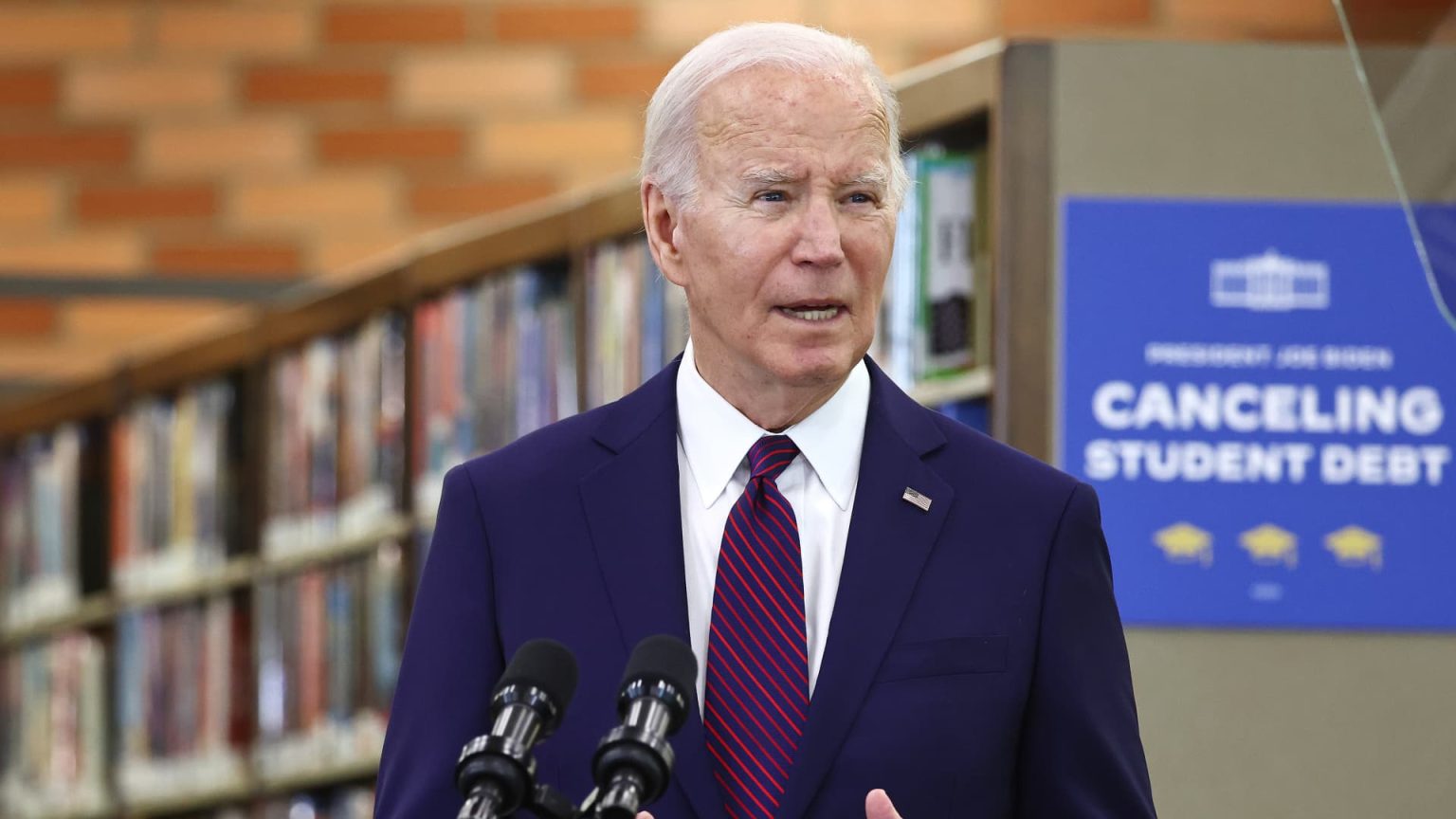President Joe Biden and his administration are continuing their efforts to provide student debt relief to as many borrowers as possible.
After the Supreme Court ruled against Biden’s plan for mass debt forgiveness last year, the administration began the process of enacting forgiveness through a different legal pathway — by amending the Higher Education Act through a process known as negotiated rulemaking.
At this point in the process — which involves a number of discussions with various stakeholders including borrowers, advocacy groups, lawmakers and more — the rulemaking committee has identified five groups of borrowers who should be considered for debt relief. Borrowers who meet one or more of the following criteria would be eligible for debt relief under the current proposal:
- Owe more than they borrowed
- Have been repaying loans for 20 years or more
- Attended institutions that haven’t demonstrated successful student outcomes
- Are eligible for loan forgiveness but haven’t applied
- Are experiencing financial hardship
The committee reached consensus at its earlier meetings for how loan waivers should work for all the groups mentioned except those experiencing financial hardship. It struggled to come to an agreement on how to define hardship that would render a borrower eligible for relief.
As a result, the administration extended negotiation talks and added sessions in February to address the question of hardship. The committee came to a consensus on the issue at its final session on Feb. 23.
A proposed draft regulatory text will soon head to the Federal Register where the public will have the opportunity to comment and provide feedback before the new legislation goes into effect.
The proposal would give the Secretary of Education the power to waive federal student loan debts for borrowers facing hardship that “is likely to impair the borrower’s ability to fully repay the Federal government or the costs of enforcing the full amount of the debt are not justified by the expected benefits of continued collection of the entire debt,” the draft reads.
It goes on to list 17 factors that could substantiate hardship. The Education Secretary may consider any of the following factors:
- Household income
- Assets
- Type of loans and debt balance
- Current repayment status and history
- Total student debt balance and payments relative to income
- Total debt balances and required payments relative to income
- Receipt of Pell Grant and other information from the Free Application for Federal Student Aid
- Type and level of institution attended
- Student outcomes associated with programs attended
- Postsecondary education and relative federal financial assistance received
- Age
- Disability
- Age of borrowers loan based on first disbursement
- Receipt of means-tested public benefits
- High essential costs such as healthcare, caretaking and household
- Extent to which hardship may persist
- Any other indicators of hardship identified by the Secretary
The draft also includes a provision that would allow the Secretary to provide “immediate relief” to borrowers who are “at least 80% likely to be in default in the next two years.”
You may notice there aren’t explicit thresholds listed for things like “household income” or when considering debt to income ratios. That’s because the Department of Education wants to retain flexibility in whose debt it is able to discharge. The final rule may include more specific language in its preamble rather than in the regulatory text.
“Although the preamble language is not negotiated, the Department may agree during the negotiations to include in the preamble explanations of certain issues,” the Department’s website reads.
After the public comment period ends, the Department will issue its final rule. If that comes out before November of this year, the regulation could go into effect in July of 2025.
Want to land your dream job in 2024? Take CNBC’s new online course How to Ace Your Job Interview to learn what hiring managers are really looking for, body language techniques, what to say and not to say, and the best way to talk about pay. CNBC Make It readers can save 25% with discount code 25OFF.
Read the full article here



